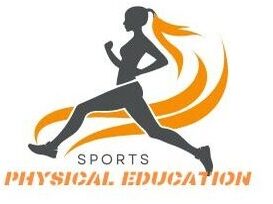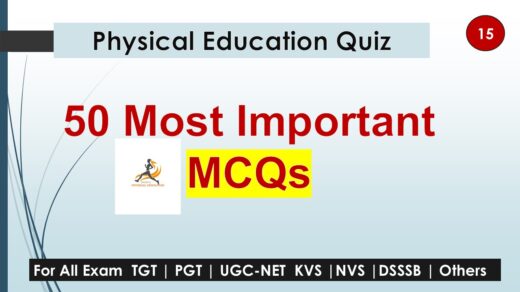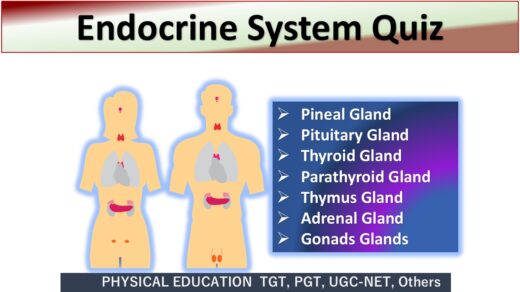Aims and Objectives of Physical Education:
Aim of Physical Education
The aim of physical education is the wholesome development of individuals. It focuses on enhancing physical, mental, and emotional fitness, as well as fostering personal and social qualities.
According to National Planning of Physical Education and Recreation:
The ‘aim of Physical Education must be to make every child physically, mentally and emotionally fit and also to develop in him such personal and social qualities as will help him to live happily with others and build him up a good citizen’.
According to J. F. Williams:
“Physical education should aim to provide skilled leadership, adequate facilities and ample time for the individual and the groups to participate in activities that are physically wholesome, mentally stimulating and socially sound.”
According to Thomas Wood:
“Physical Education must have an aim as broad as education itself and as noble and inspiring as human life.”
Objectives of Physical Education
1. Physical Development:
Enhances physical strength, endurance, posture, and overall body health. Ensures all body systems function properly.
2. Mental Development:
Develops mental strength, relaxation, alertness, and concentration through various physical activities.
3. Social Development:
Offers opportunities for social interaction, team participation, cooperation, togetherness, tolerance, leadership, self-control, and discipline.
4. Emotional Development:
Promotes emotional stability and the ability to gracefully accept success and failure. Helps individuals control emotions such as anger, pleasure, jealousy, fear, and loneliness, leading to emotional balance.
5. Character Development:
Provides opportunities to develop values, self-awareness, personal well-being, citizenship, and positive interactions. Students learn values such as fairness, respect, courtesy, and kindness through play activities.
6. Motor Development:
Enhances general body control, motor skills, and muscle movements. Physical activities improve neuromuscular coordination, essential for activities like running, jumping, and throwing.
7. Health Education:
Educates students on the benefits of physical activities and exercise for overall health and wellness. Highlights the importance of healthy eating habits, stress management, and disease prevention.
8. Develop Interest in the Discipline:
Cultivates a lasting interest and enthusiasm for physical activities and sports.
9. Achieve Optimum Physical Fitness and Health:
Encourages maintaining peak physical condition through regular exercise and healthy habits.
10. Develop Motor Skills:
Enhances proficiency in fundamental physical activities, improving coordination, balance, and agility.
11. Enjoyment and Satisfaction:
Ensures that individuals find pleasure and satisfaction in participating in physical activities.
12. Character Building:
Builds character traits such as fairness, respect, courtesy, and kindness through participation in sports and physical activities.
13. Optimum Sports Performance:
Aims to help individuals achieve their best possible performance in various sports.
14. Effective Citizenship:
Promotes qualities that contribute to being a responsible and active member of the community.
15. Self Control:
Encourages self-discipline and the ability to manage one’s emotions and behaviors through regular physical activity.
16. Intellectual Development:
Enhances cognitive functions, problem-solving skills, and overall intellectual growth through physical activities that require strategy and concentration.
17. Spiritual Development:
Fosters spiritual well-being and inner peace through engagement in physical activities, promoting a balanced and holistic approach to life.


